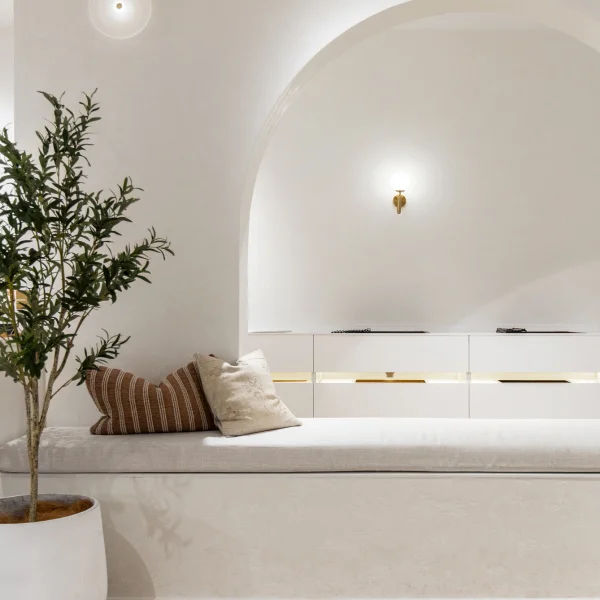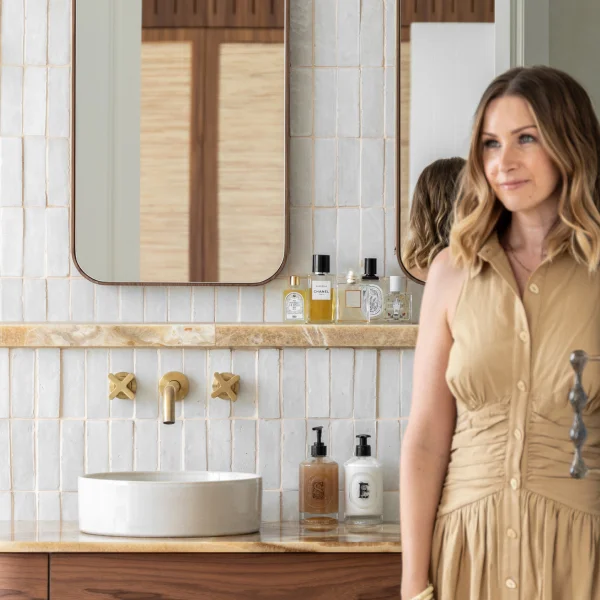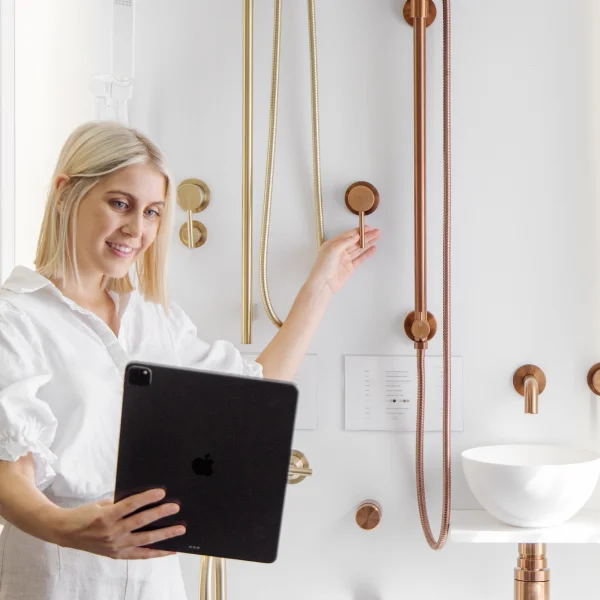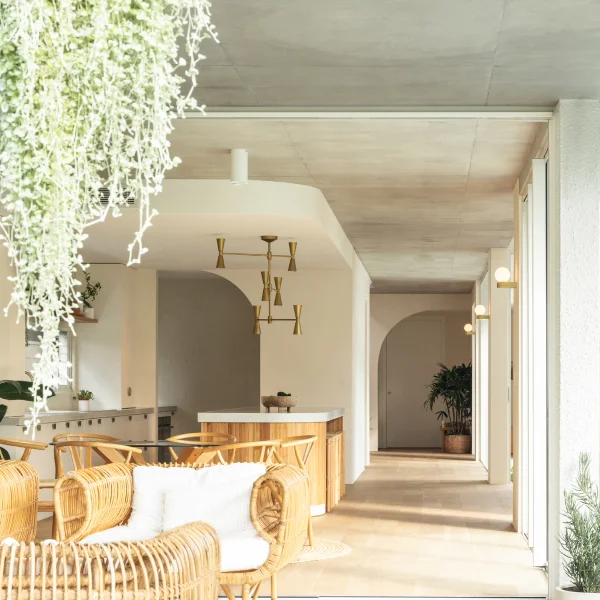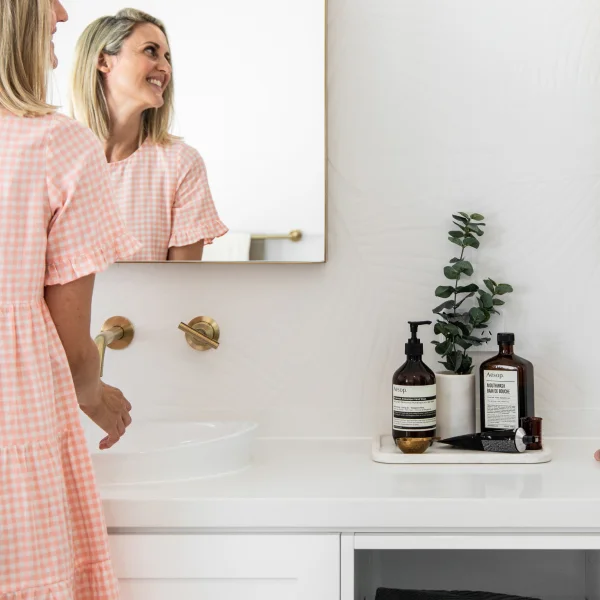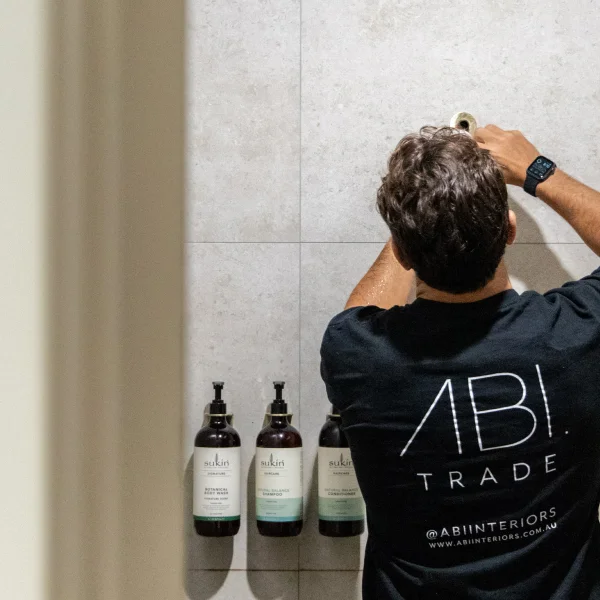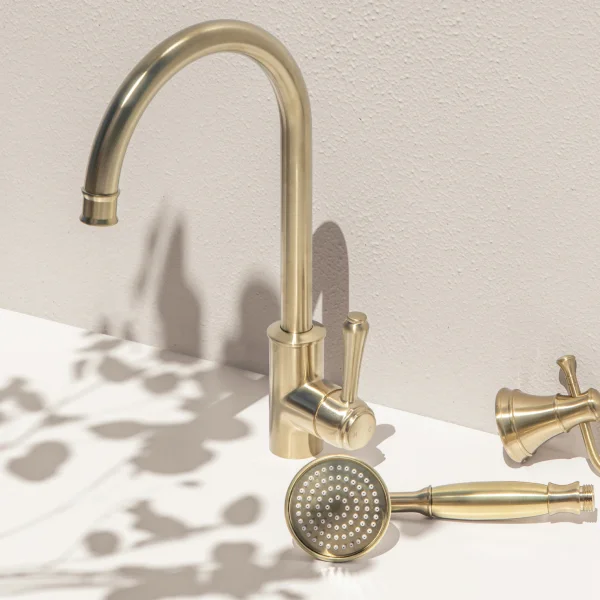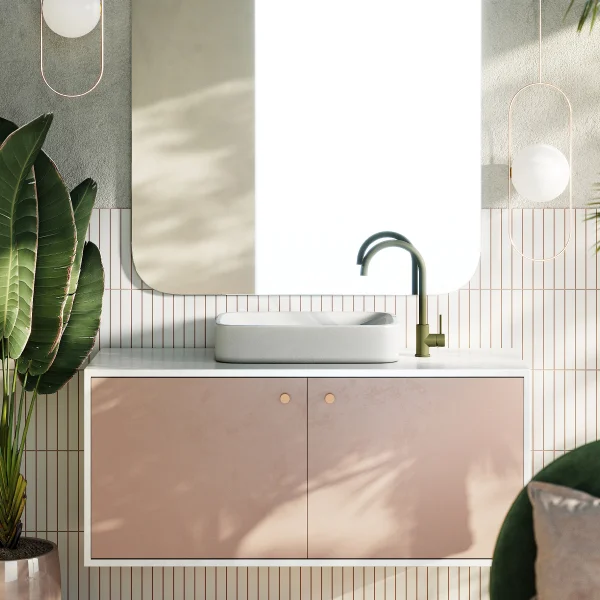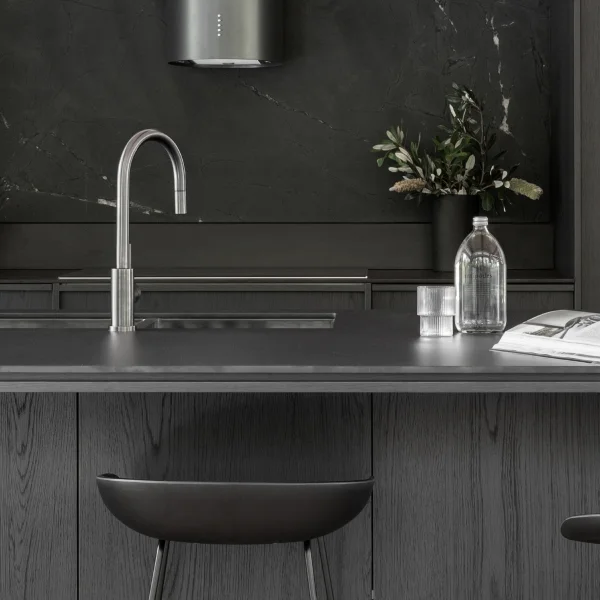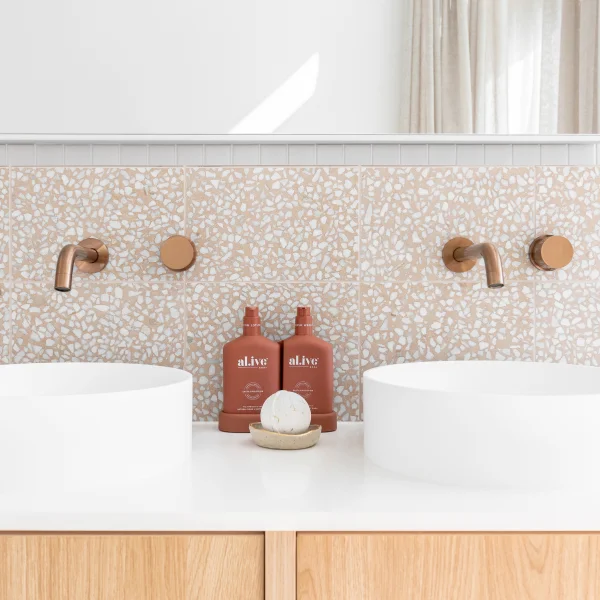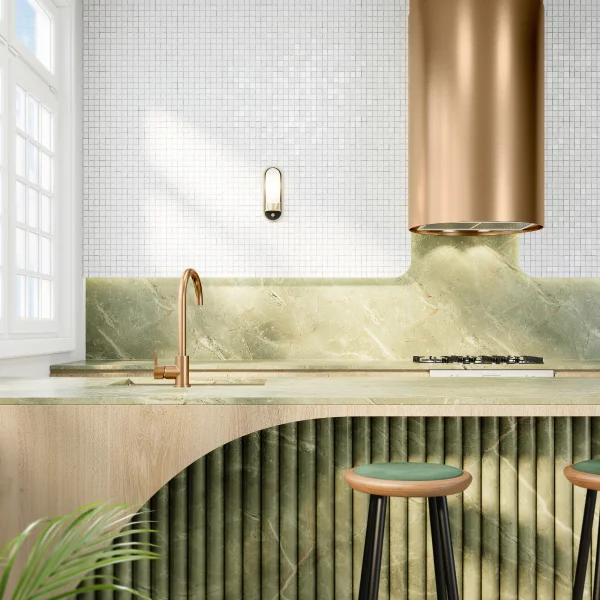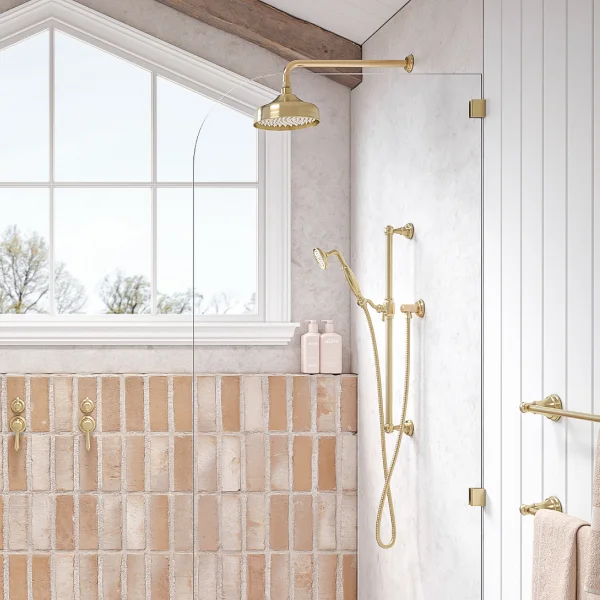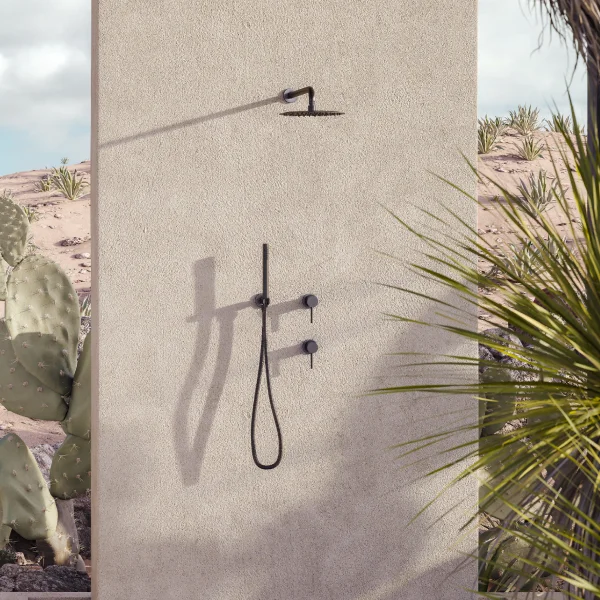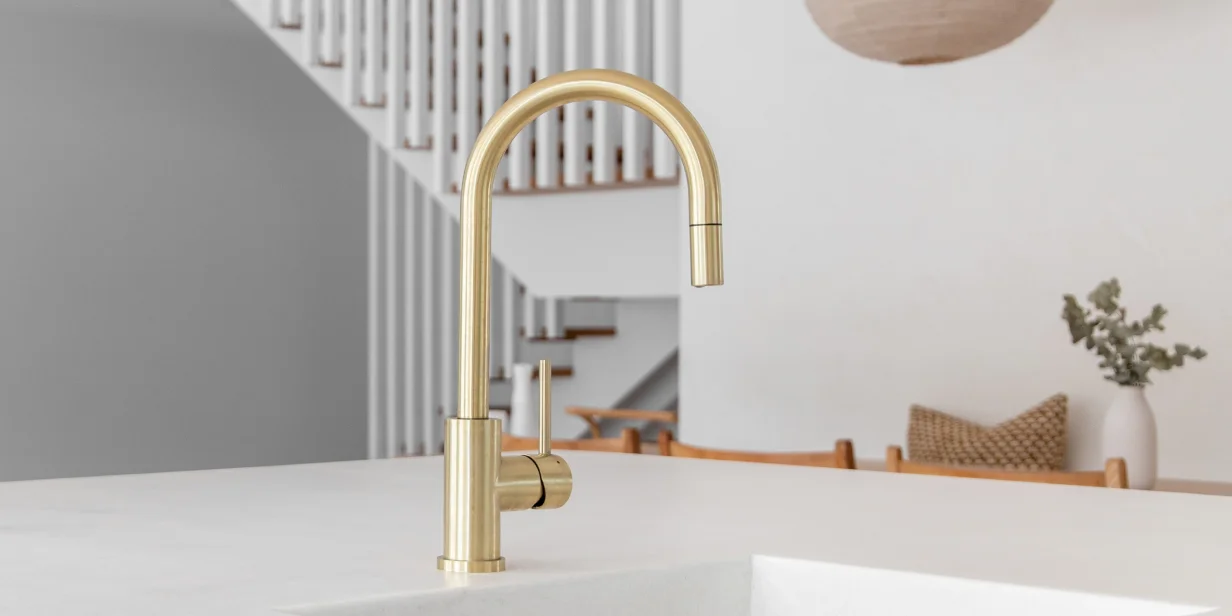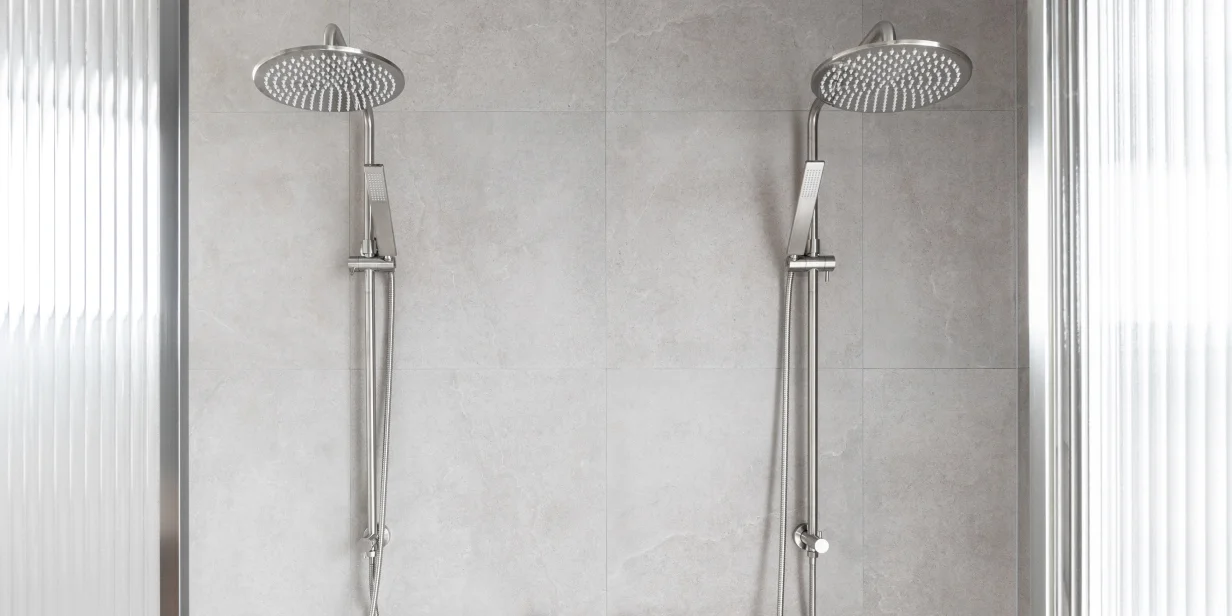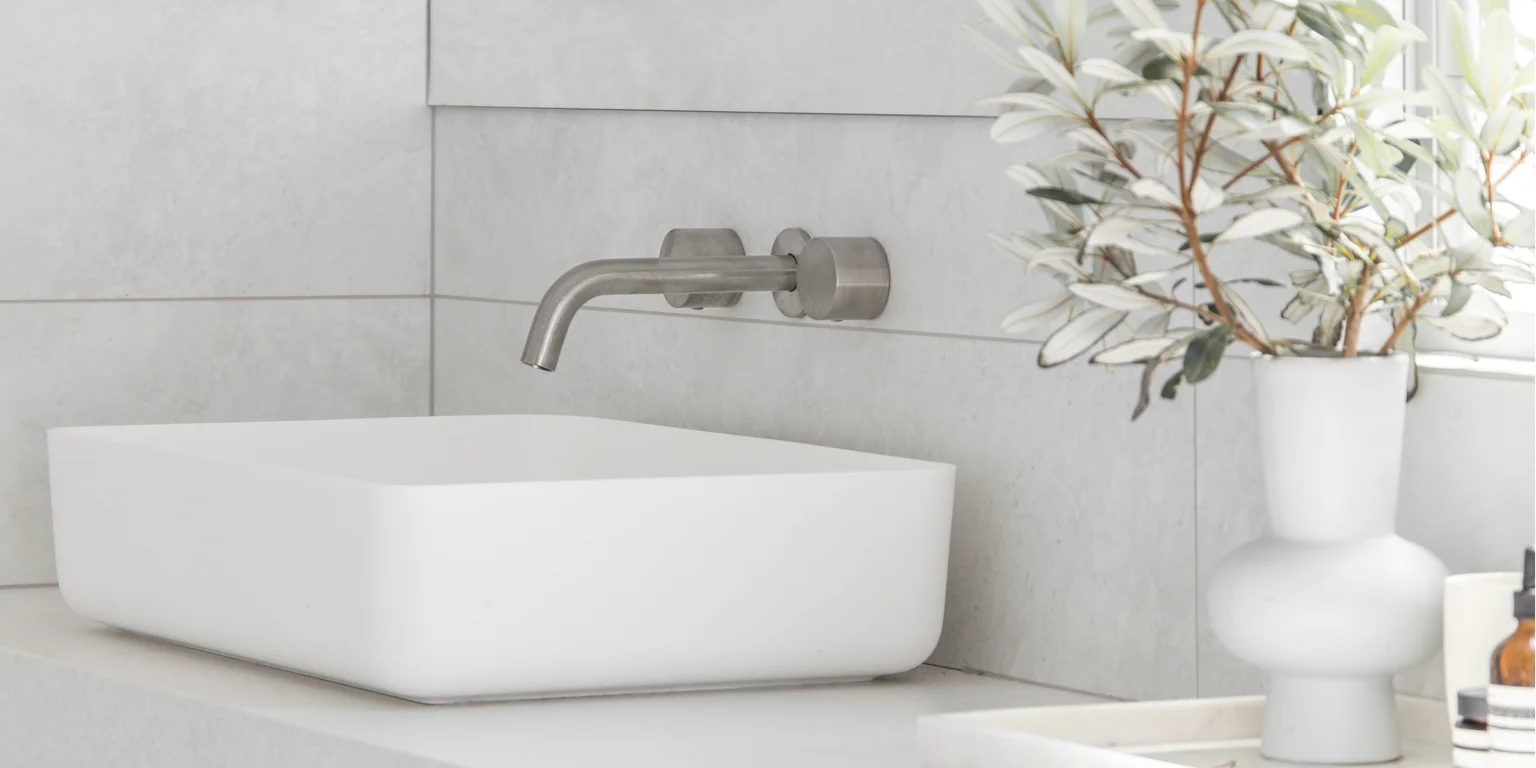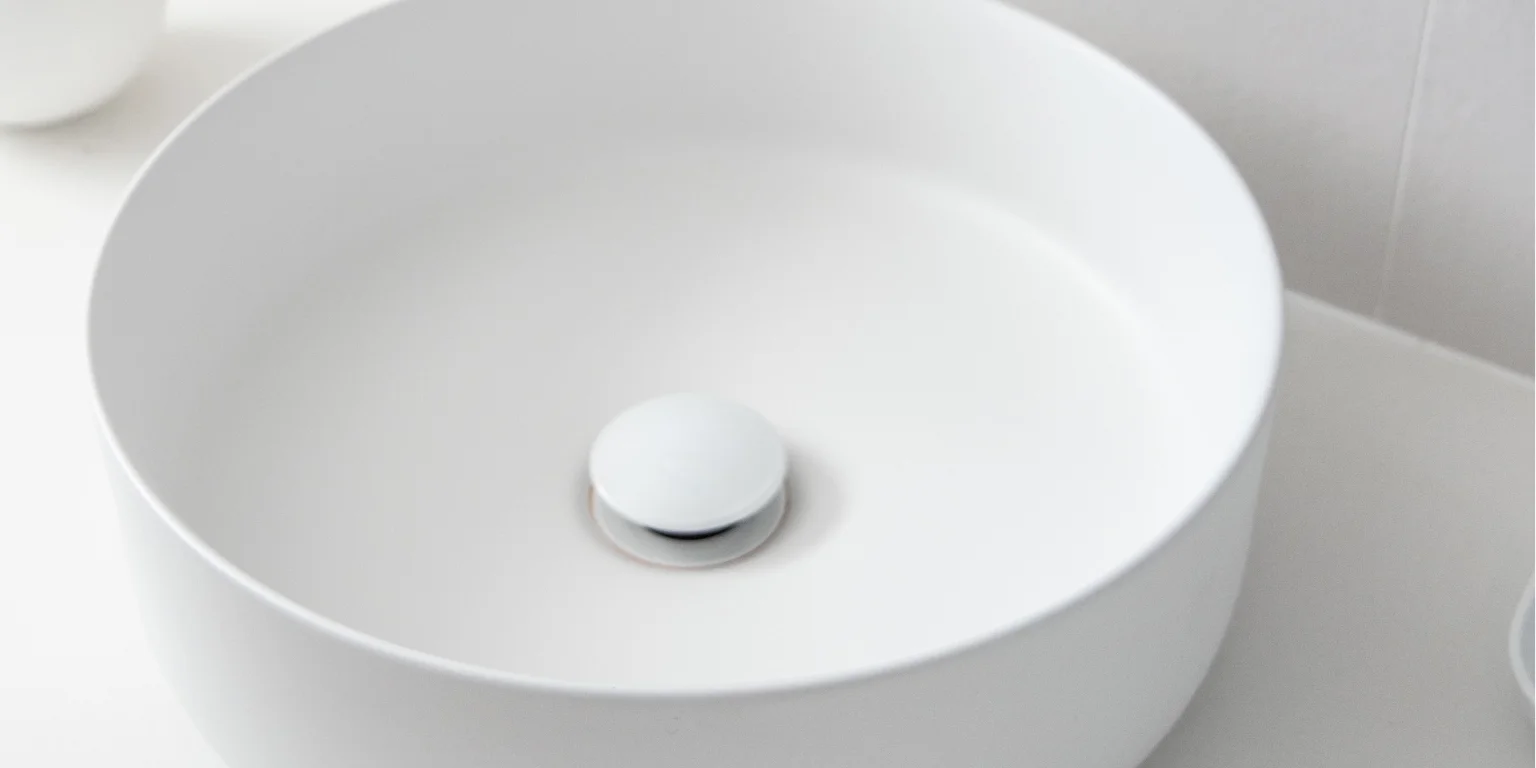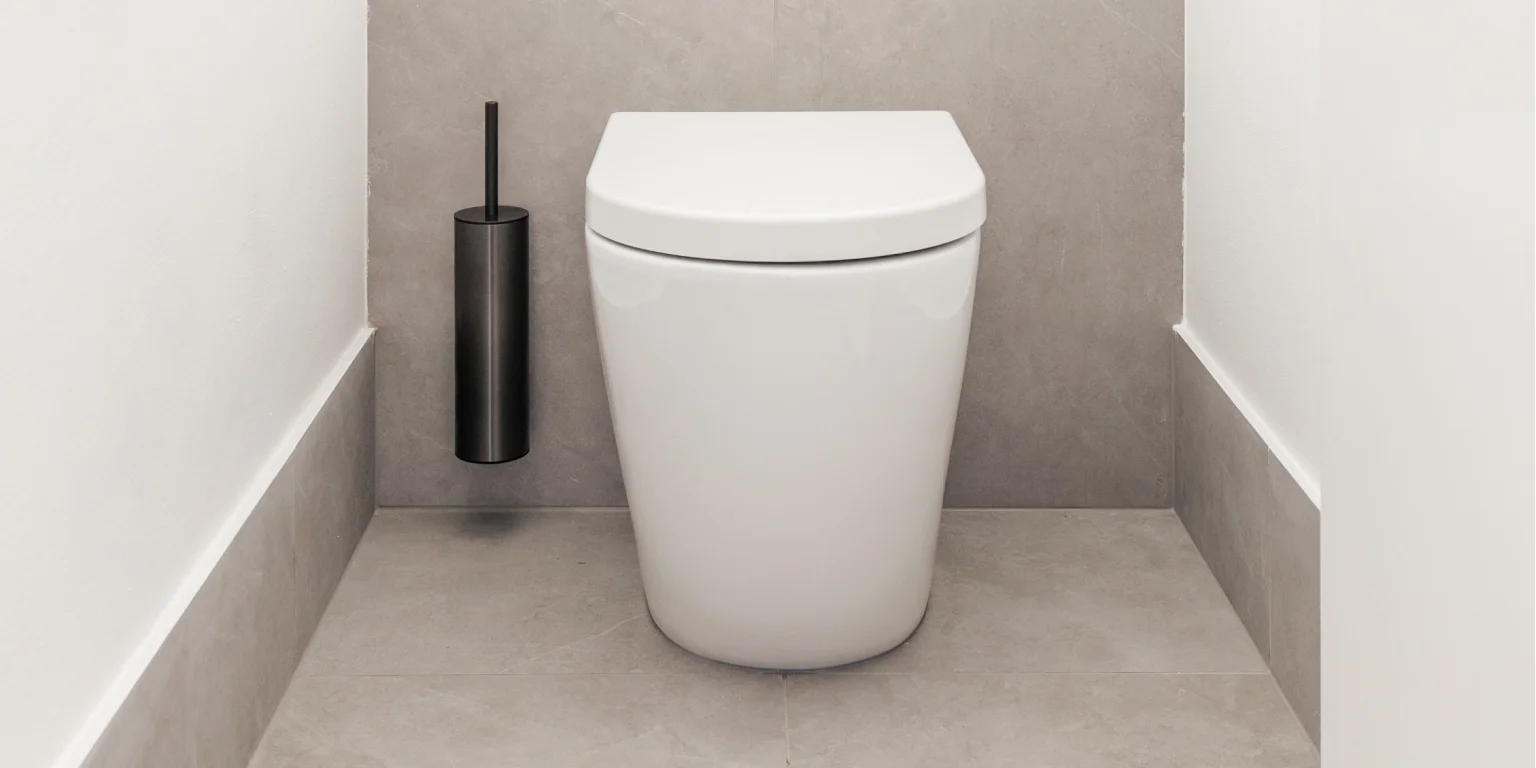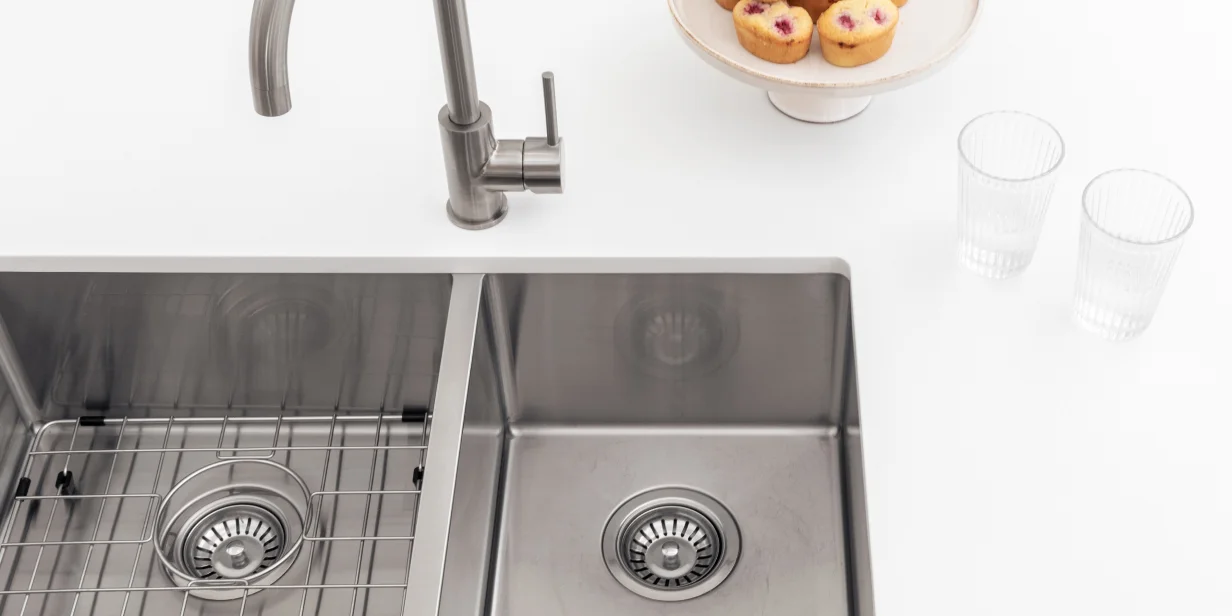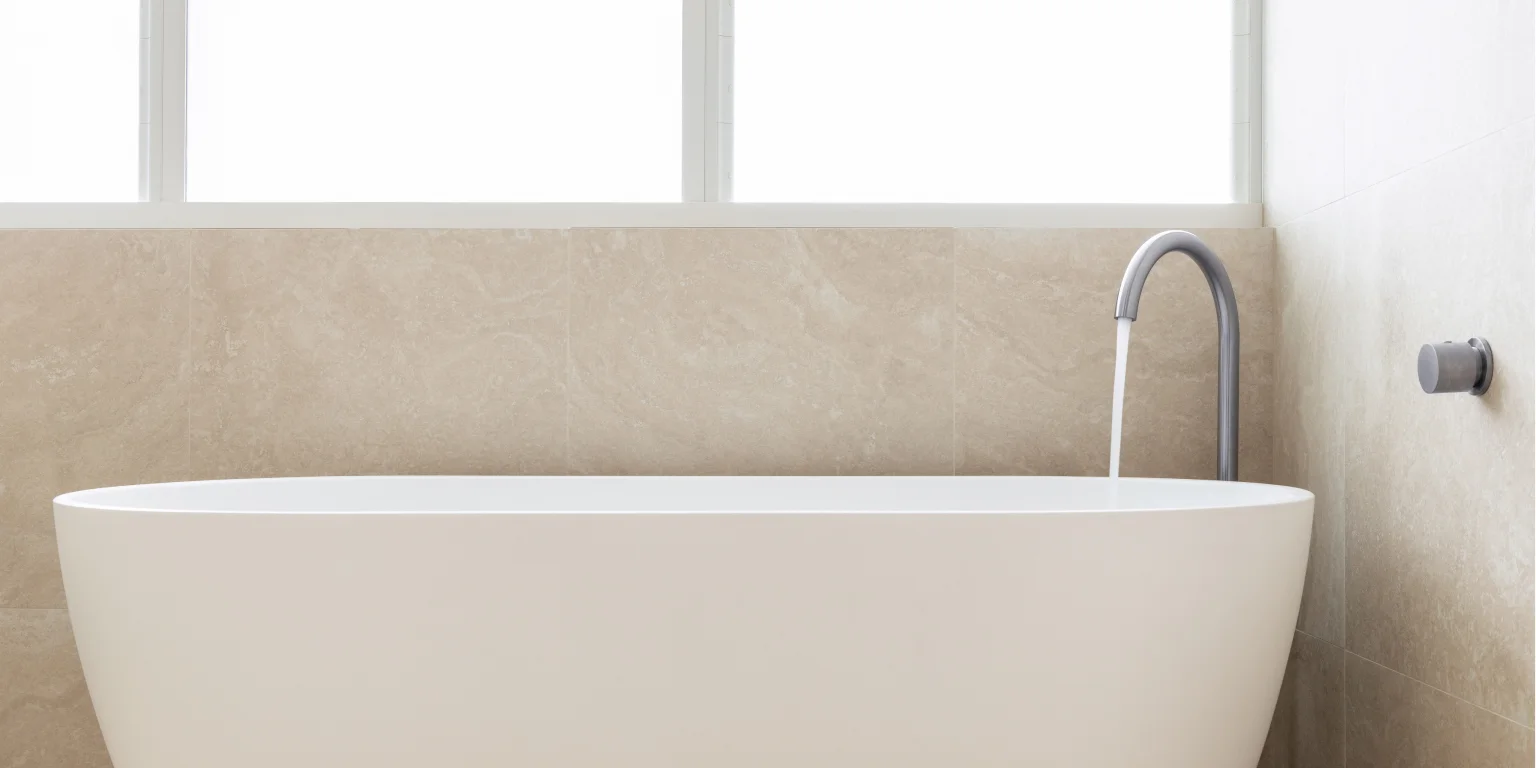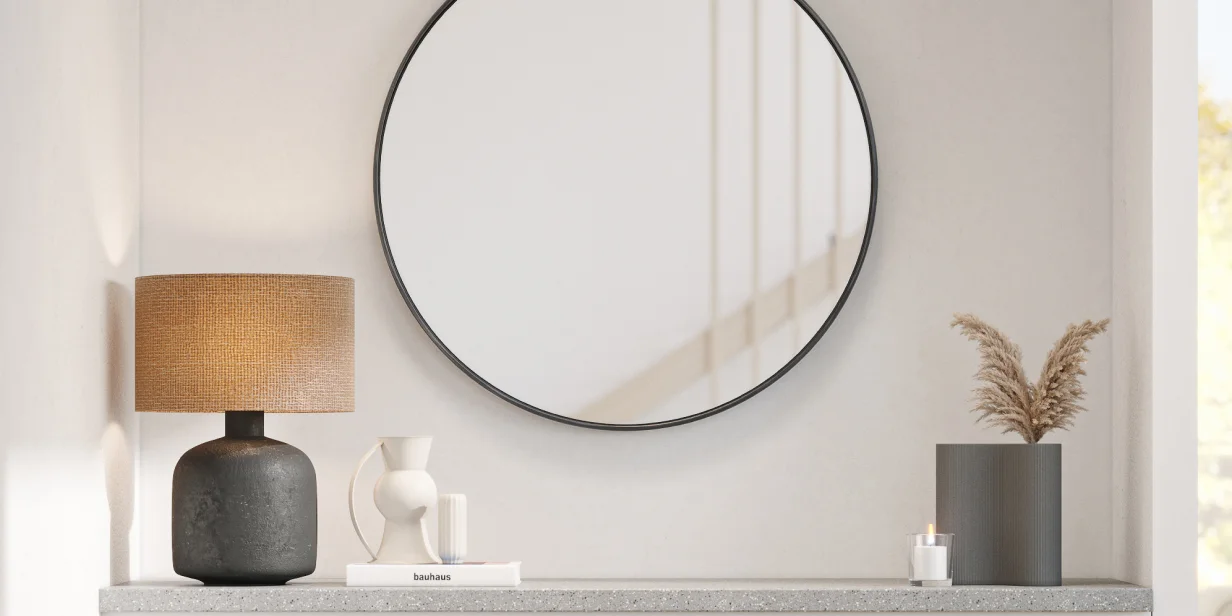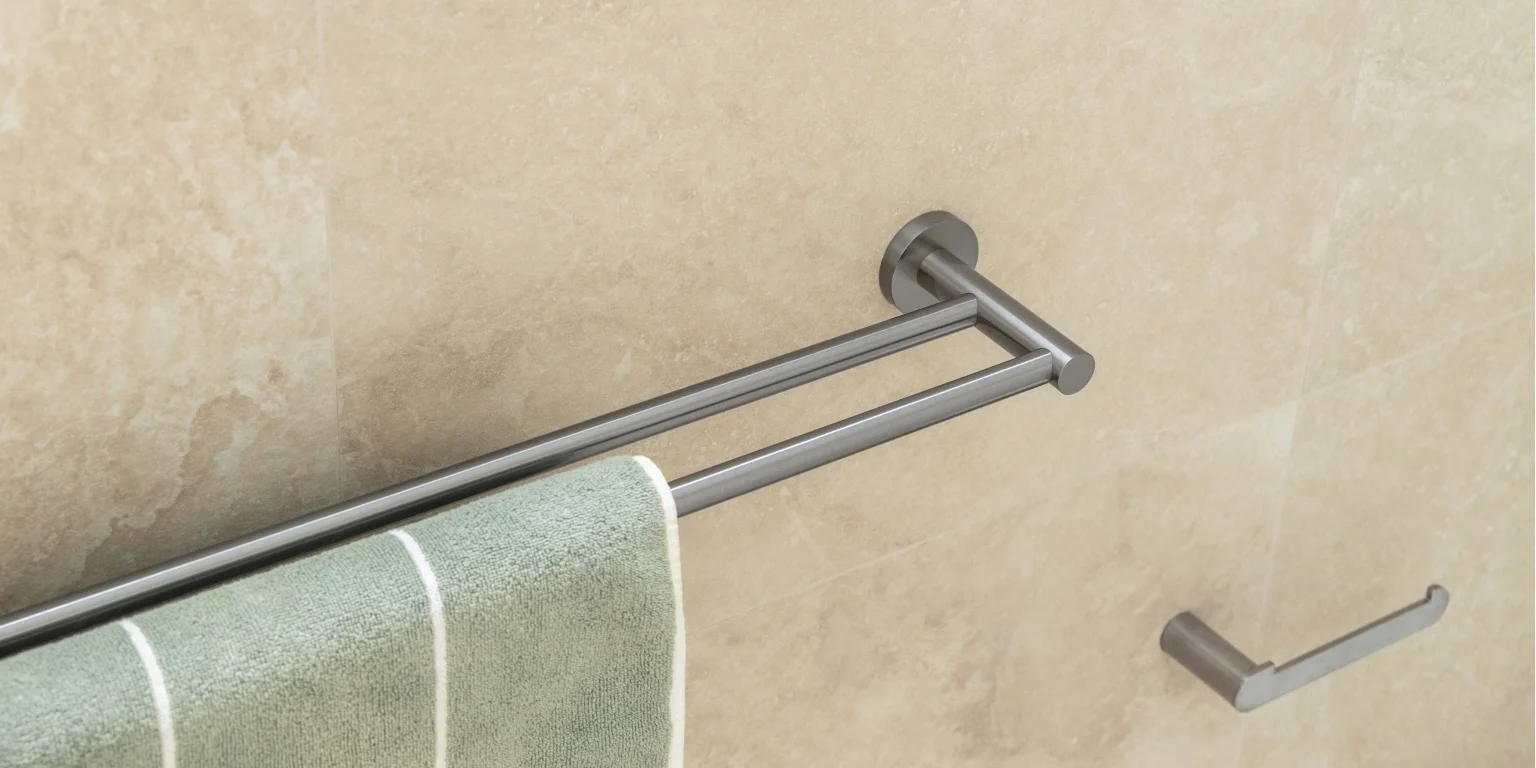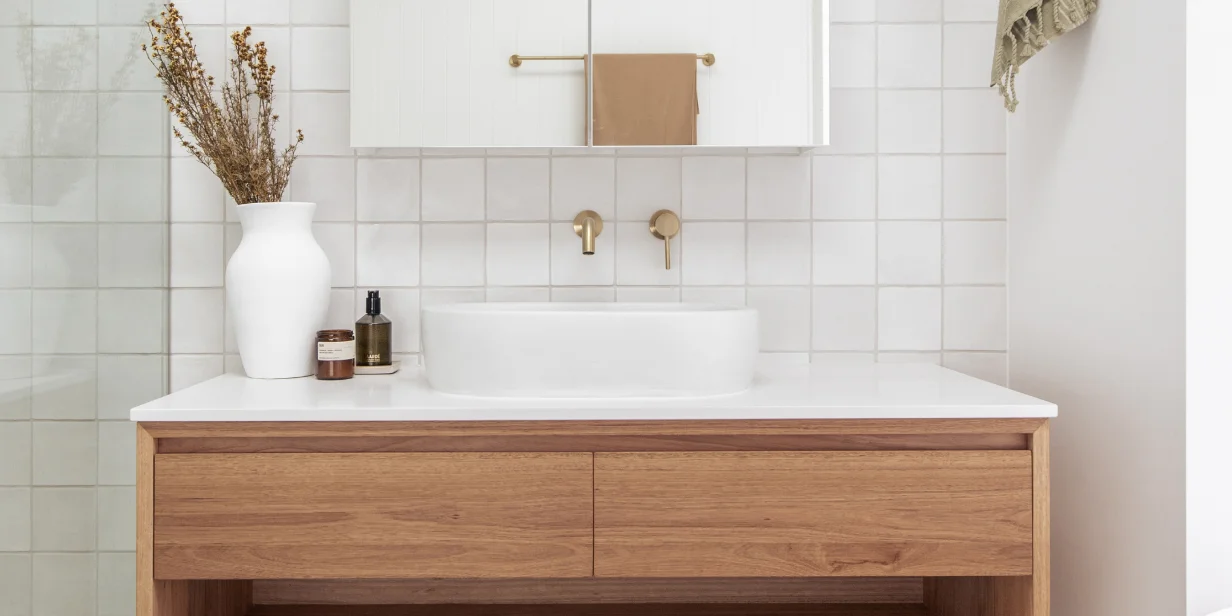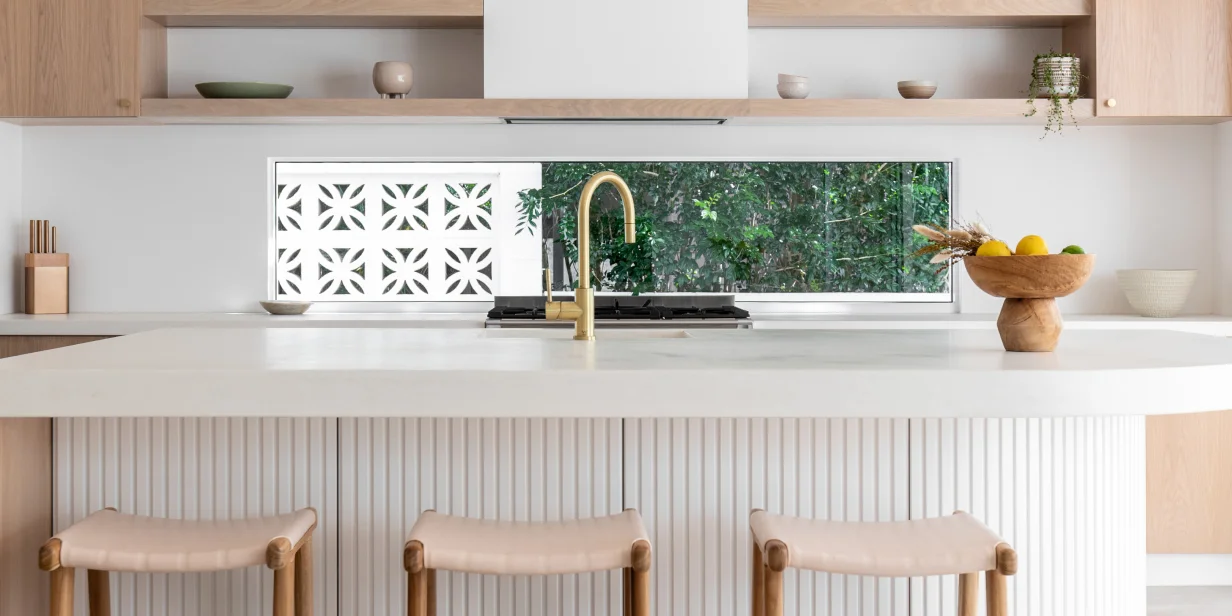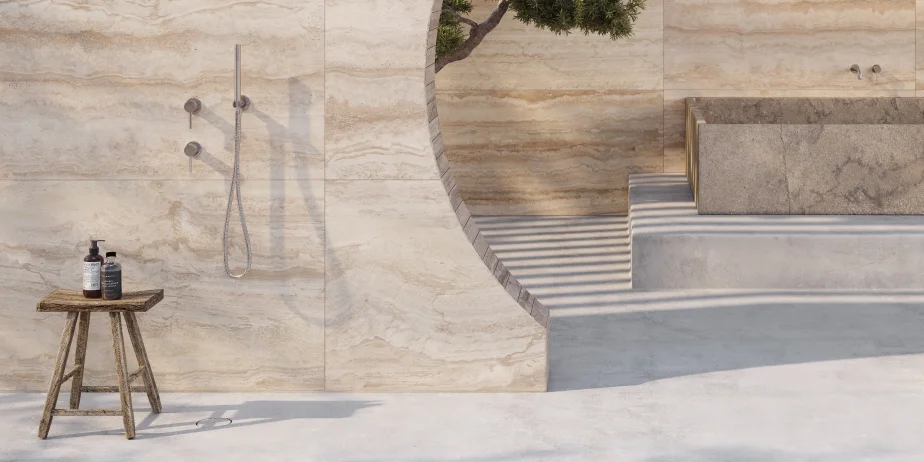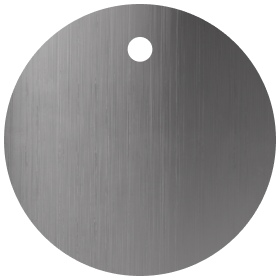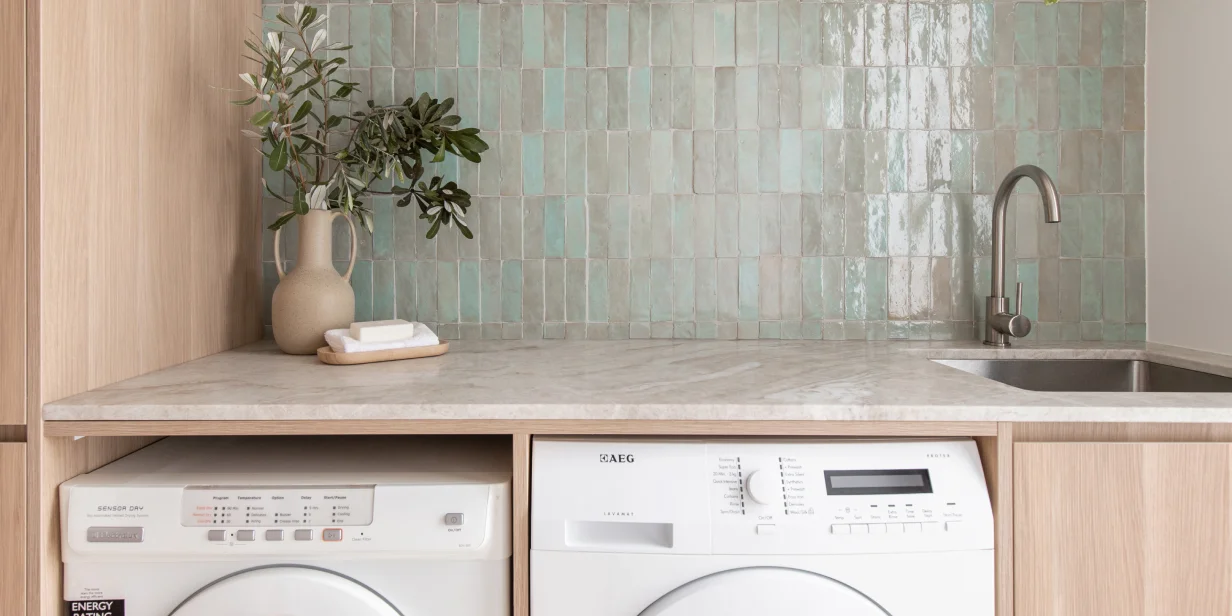OUR GUIDE TO HOME BAR AREAS

Whether you’re an expert in the art of mixology or just enjoy unwinding with a beer on the weekend, a home bar can reveal the simple pleasures of maximising your personal space.
They boast a number of benefits — for one, they elevate your entertaining experience, creating an inviting atmosphere for guests. Home bars provide a place to gather when going out isn’t the preferred option, while also being far more affordable.
Ideally, your bar should be set up where you usually entertain. For most, this will be next to the kitchen, but a home bar can also be the perfect addition to your garage, outdoor area, or tucked into a butler’s pantry.
Below, we explore the different types of home bar setups, and what you’ll need to prepare yourself for many fun nights ahead.
SIZE/LOCATION
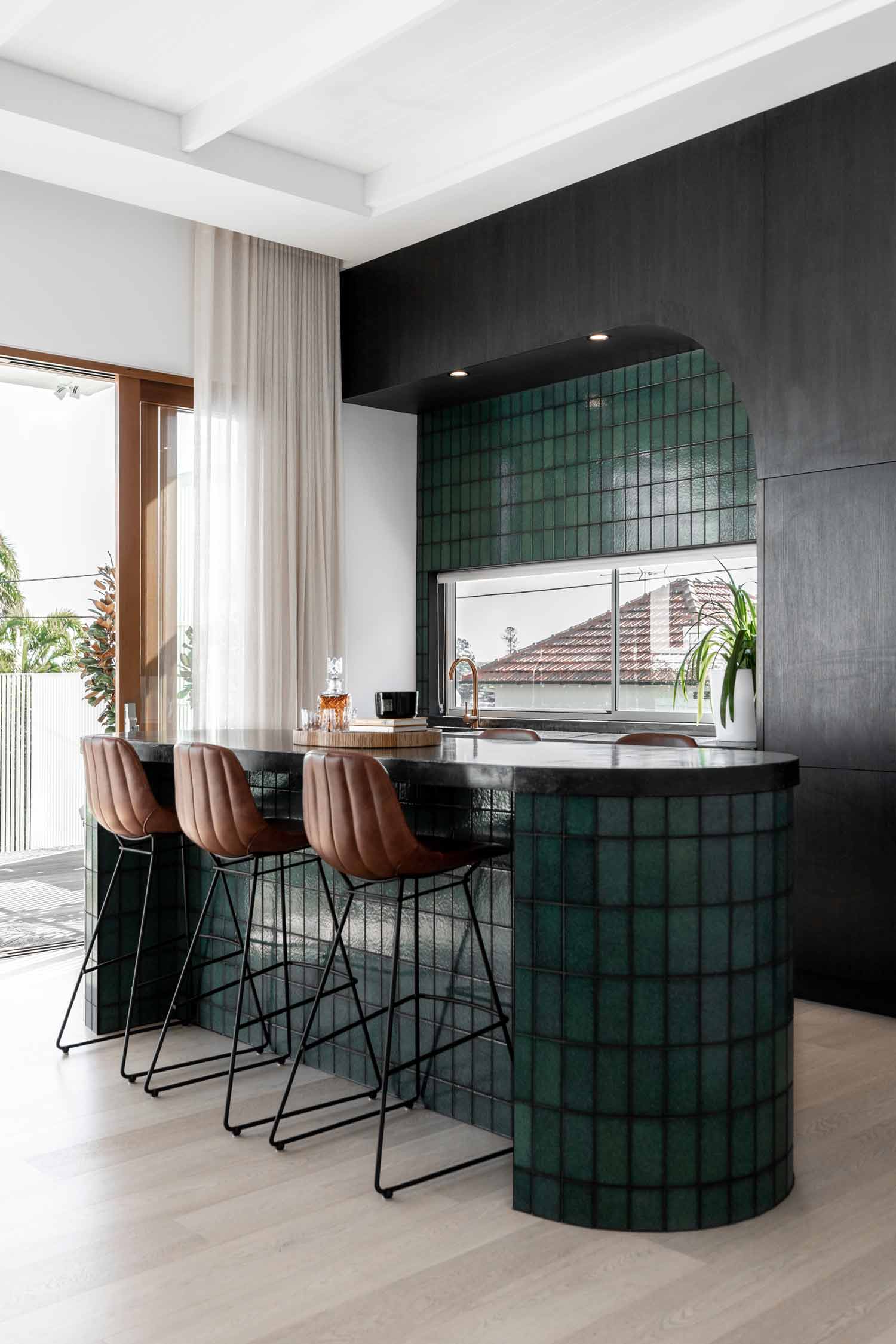
The type of home bar you create will be guided by your available space. This will also help determine how many ingredients and accessories you can keep on hand.
A tiny bar can be squeezed into the corner of most spaces, or you can build a whole room dedicated to the art of entertaining. A dedicated bar room would be perfect for a large, flexibly-designed abode, such as a barndominium.
Regardless of the size of your bar area and whether it’s temporary or permanent, it’s important that it integrates with the style of your surrounding space. The best way to do so is to match the colour palette and materials to foster a cohesive design.
TYPES OF HOME BAR SETUPS
1. BAR TRAY
If you’re working with limited space, the simplest option for even the smallest apartment is a bar tray. They can instantly turn any surface into a bar, from your island bench to a spare side table.
Bar trays are available in a diverse range of styles to pair with any design theme. A timber tray is a versatile choice for both classic and contemporary spaces, while a rattan serving tray would be an easygoing addition to a coastal home. A round glass or mirrored bar tray with brass handles is a traditional choice that will complement brushed brass fixtures, while a stone tray can seamlessly integrate with a minimalistic style.
Depending on the size of your tray, it can act as a home for a whole collection of spirits, or just present a bottle of wine and glasses for two.

2. BAR CART
Another solution for a compact space is a bar cart (or ‘drink trolley’). The main perk is that they can fit into most empty corners, and can be easily wheeled to another spot when necessary.
Bar carts also add a beautiful focal point to any room. They offer multiple shelves to accommodate a devoted drink mixing space, your ingredients, and utensils. The open design of a bar cart also encourages you to keep everything tidy. To reduce clutter, consider storing infrequently used accessories in a nearby cupboard.
3. LIQUOR CABINET
A liquor cabinet is a type of home bar furniture that offers ample storage and the ability to be moved around the room. While a dedicated liquor cabinet will often have specialised shelving for bottles or glasses, you can also transform other pieces of furniture for this purpose. Try upcycling a sideboard, bookshelf, vintage dressing table, or desk.
Proudly display your liquor on top of the home bar cabinet or on the shelves of a bookcase, and keep your cocktail utensils neatly hidden away behind the closed doors. Don’t forget to leave room for some decor to add aesthetic appeal, such as a lamp or an indoor plant.
For additional storage potential, you can also install floating shelves above your liquor cabinet to show off your glassware, or a gallery wall to highlight this area of the home.

4. WET BAR/DRY BAR
The most versatile and extensive home bar option will be a dry bar or wet bar. These both require thoughtful planning, but deliver the most significant impact.
Though these styles of bars are similar, there are a few functional differences that distinguish them.
A dry bar is a piece of furniture, either detached or built-in, which will store all your barware while providing bench space to prepare drinks. They usually feature a fridge within the cabinetry or a standalone version on the side. Dry bars are normally smaller than a wet bar as they don’t include a sink, and are therefore best installed close to the kitchen.
Since they don’t offer a space to clean up, they’re most suitable for entertaining small groups unless you’re willing to make frequent trips to the kitchen to wash glasses and utensils.
Benefits of a dry bar:
- Suitable for smaller homes while taking advantage of an otherwise unusable space
- Can be portable if you choose a podium-style design
- A freestanding bar won’t require professional installation, therefore this makes it more affordable
- Doesn’t need to work around existing plumbing
While a wet bar also features a benchtop, cabinetry, and a fridge, it additionally offers a fully-functional sink. This means that a wet bar must be built-in and connected to the plumbing lines.
Benefits of a wet bar:
- Makes it easy to entertain in an area that isn’t nearby the kitchen (e.g. in an alfresco)
- The sink allows you to wash your hands when prepping ingredients
- You can rinse shakers, glasses, and other cocktail accessories in between uses
- You have the ability to easily clean up after a spill
- You can use the clean sink as an ice bucket
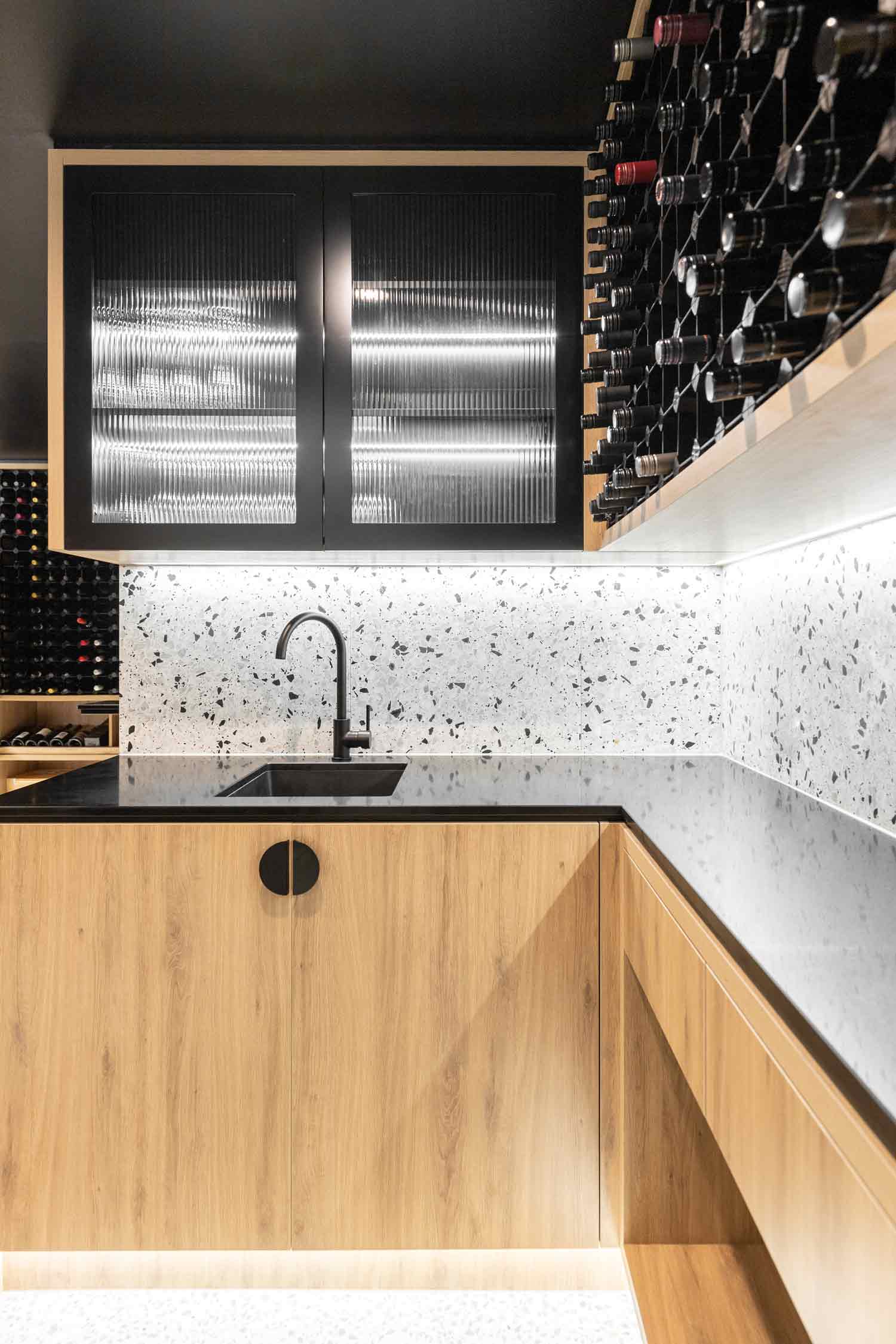
THINGS YOU NEED FOR YOUR HOME BAR
Now that you know what type of home bar setup you’re ready to invest in, it’s time to stock your space with everything you need for the ultimate night in.
Some of the essentials for a full home bar include:
- A bar fridge with space for beer, wine, and/or mixers
- Glassware for beer, wine, and/or cocktails
- Ice buckets
- Small bin
- Bar towel
- Bottle openers/corkscrews
- Snacks: nuts, chips, antipasto, cheese
The theme you’re aiming to achieve will help determine how you decorate your bar area, and offer guidance on a few more specific items you’ll need.
BEER BAR
You’ll need:
- A kegerator if you wish to serve beer on tap
Decor: If you have a whole room dedicated to serving beer, take the experience to the next level by adding a projector or TV, plus a pool table or a dartboard for extra entertainment.
WINE BAR
You’ll need:
- Wine racks, shelves, or stackable wine boxes that accommodate multiple bottles
- Decanter
Decor:
Some ideas for a wine bar include adding a chalkboard to list which red and white you’re serving, a few pieces of artwork, as well as pendant lights or lamps for mood lighting.
COCKTAIL BAR
You’ll need:
- Basic liquor: vodka, gin, whiskey, rum, tequila
- Mixers: soda, bitters, tonic, ginger beer, fresh juice
- Cocktail utensils: shakers, measuring cups, strainers, jiggers, wooden muddler, citrus juicer
- Lemons and limes
- Basil and mint plants
- White sugar
- Blender
- Cocktail recipe book
- Ice machine or ice cube tray and ice ball mould
Decor: A cocktail bar can be enhanced with some neon signage, wall mirrors, and brushed brass features to add sophistication to the space.
To achieve a truly unique bar in a house, our Entertainer Series has been designed to help enhance the hosting experience. The main component is the Ice Trough, available in a range of sizes and finishes to keep food and drinks cold after adding ice directly to the tub. The Ice Trough can integrate four types of interchangeable accessories within this range — the Bamboo Knife Rack, Draining Tray, 3-Piece Chopping Board Set, and Colander Insert.
No matter which of these home bar designs appeals to you the most, any one of them is certain to impress your guests while offering you a space to relax at the end of a long day.
For further inspiration, check out our guide to home coffee bars.
